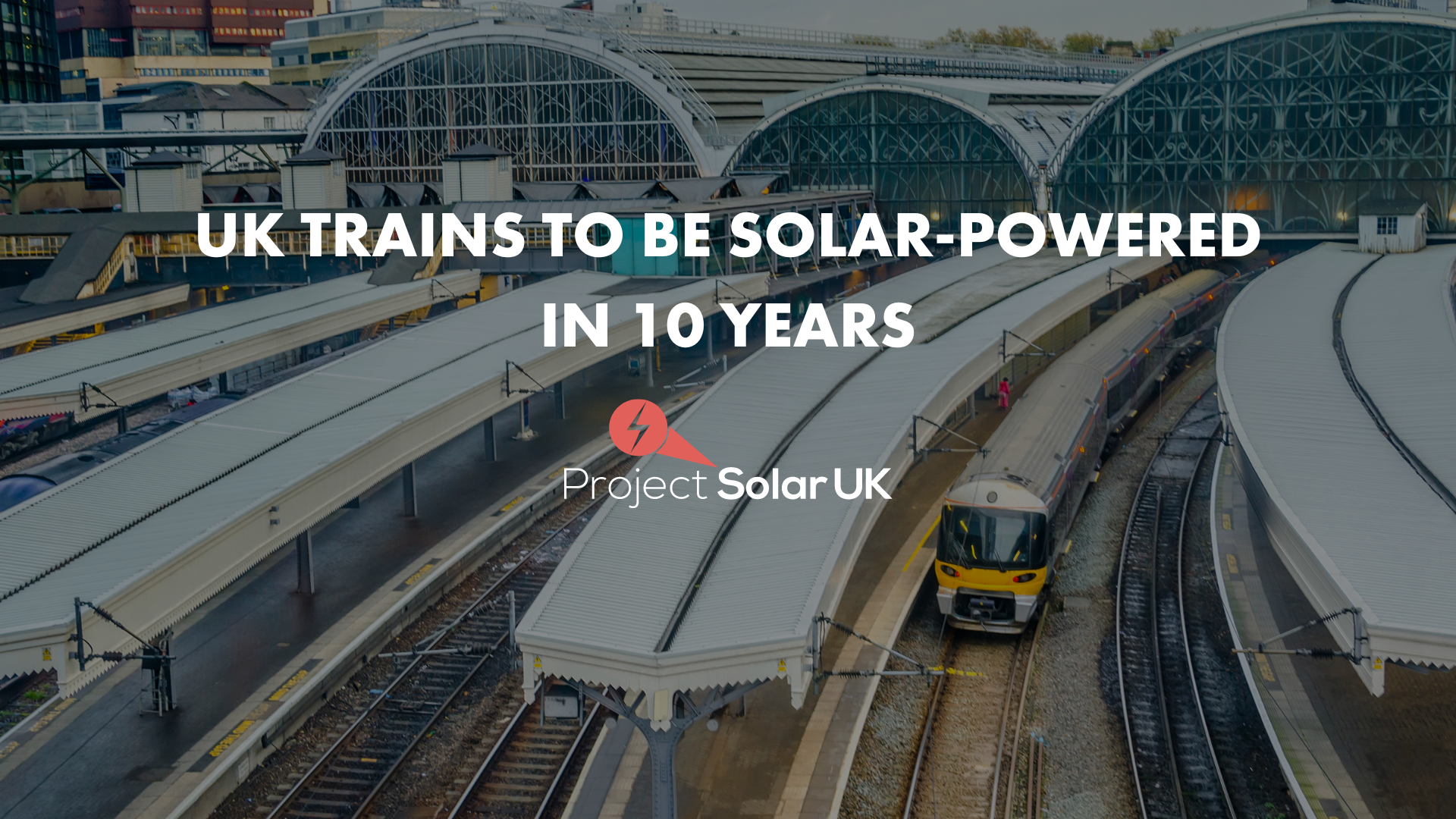Over the past 15 years, there's been a growing intersection between energy concerns and the rail industry in the UK. With the government's ambitious net-zero emissions target fast approaching, energy shortages and climbing electricity costs have made climate-conscious travelers increasingly worried about the future. In 2015, the government cut crucial grants for renewable energy charities, a move that drew heavy criticism. These cuts, which included scrapping plans for homes to become 'carbon neutral' through solar power, are believed to add £40-£60 annually to the average household's energy bill. Meanwhile, Network Rail's efforts to electrify the rail network have fallen far behind schedule. Despite the push to replace diesel trains with cleaner electric ones, progress has stalled, and it seems the net-zero goal won't be met until at least 2090. This has led experts in renewable energy to team up with Network Rail to find a cross-sector solution. The idea of solar-powered trains revolves around installing photovoltaic panels along the railway tracks rather than on the trains themselves. The electricity generated from these panels would be fed directly into the high-voltage systems supplying direct current (DC) electricity to rail traction substations, ensuring the solar energy can be used immediately to power the trains. This approach promises to reduce reliance on traditional energy sources while making rail travel more sustainable. When did these ideas first surface? Who initiated them, and are they becoming a reality in 2023? In 2017, Riding Sunbeams, a social enterprise, joined forces with Network Rail and the climate change charity 10:10 to launch a pilot project called 'First Light.' Their aim was to trial the UK's first solar-powered trains using repurposed rail equipment and photovoltaic systems. Focusing on six areas in southeast England, the trials sought to evaluate the feasibility of solar traction farms. However, First Light encountered significant obstacles, one being the lack of existing equipment to test solar panels in a railway setting. Securing funds of £350,000 from Innovate UK took 18 months, delaying the project's start. In July 2019, First Light unveiled its solar-powered train prototype. The pilot study utilized 100 solar panels with a total output of less than 40kW to assess how larger solar arrays could be integrated to power trains in the future. This marked an important step forward in understanding the potential scale of solar integration into rail networks. Riding Sunbeams' collaboration with Network Rail and 10:10 bore fruit in 2020, as the First Light project secured a £2.5 million grant from the South East Local Enterprise Partnership's allocation of the UK government's Getting Building Fund. This commercial funding was a major breakthrough: the money was earmarked to construct and connect the world's first megawatt (MW) scale renewable solar energy plant directly powering railways, specifically in East Sussex. This funding paved the way for more ambitious projects down the line. Riding Sunbeams allocated some of its funds to develop a solar-powered railway line linking Eastbourne and London, known as the 'Cuckmere Community Solar Farm.' Working alongside Network Rail, they estimated that solar energy could cover up to 10% of the energy requirements for trains in southeast England. Following its completion, Cuckmere Community Solar planned to offer investment opportunities to local residents and rail commuters, enabling them to own a stake in the project. By late 2022, Riding Sunbeams and Network Rail had achieved another milestone when the HS1 railway link (connecting London to the Channel Tunnel) became the UK's first train line to run entirely on renewable energy! Combining wind and solar panel energy, the HS1 line is now reducing the carbon footprint per passenger by 25% and cutting energy consumption per train journey by 10%. Solar power and rail networks have come a long way since 2017. In 2023, climate charity 10:10 and researchers from Imperial College London continue their work, exploring how integrating solar panels directly into the rail infrastructure can significantly contribute to decarbonizing the rail sector. Their unique approach aims to bypass the traditional electricity grid by connecting solar panels directly to train lines. As of December 2023, the project is expected to be completed in 2024. Equally promising is the collaboration between Siemens Mobility, British Solar Renewables, and researchers at the University of York. This pioneering initiative seeks to address the technical hurdles preventing renewable energy from powering 25kV trains. Given that much of the UK's rail network remains un electrified, they're also investigating the possibility of installing charging stations that can charge on-train batteries. This effort aims to establish 'green routes' across the network, allowing trains to switch between battery and electric power depending on their location. If successful, this project could accelerate the nationwide phase-out of diesel trains, bringing the UK closer to its net-zero goals. Years of research and development have brought us closer to realizing the potential of solar-powered trains. In 2022, the UK celebrated its first entirely renewable energy-powered train—a feat once thought impossible. Today, innovation continues, with exciting projects on the horizon and several pilot programs already underway. We may soon see more solar-powered trains gracing UK tracks. Join the eco-revolution by reaching out to Project Solar today and contributing to a greener future. Interior Blower,interior Blower For Nissan,Blower Fans Ac,Ac Air Blower Suzhou Barjon Auto Parts Co.,Ltd , https://www.cn-barjon.com
What Are Solar-Powered Trains?
The Timeline of Solar-Powered Trains
2017
2019
2020
Early 2022
Late 2022
What’s Happening in 2023?
Get on Board the Renewable Energy Train
UK Trains to Be Solar-Powered in 10 Years
Next Article
New building regulations to impact homes
Prev Article
Darien-Woodridge has been added to the site